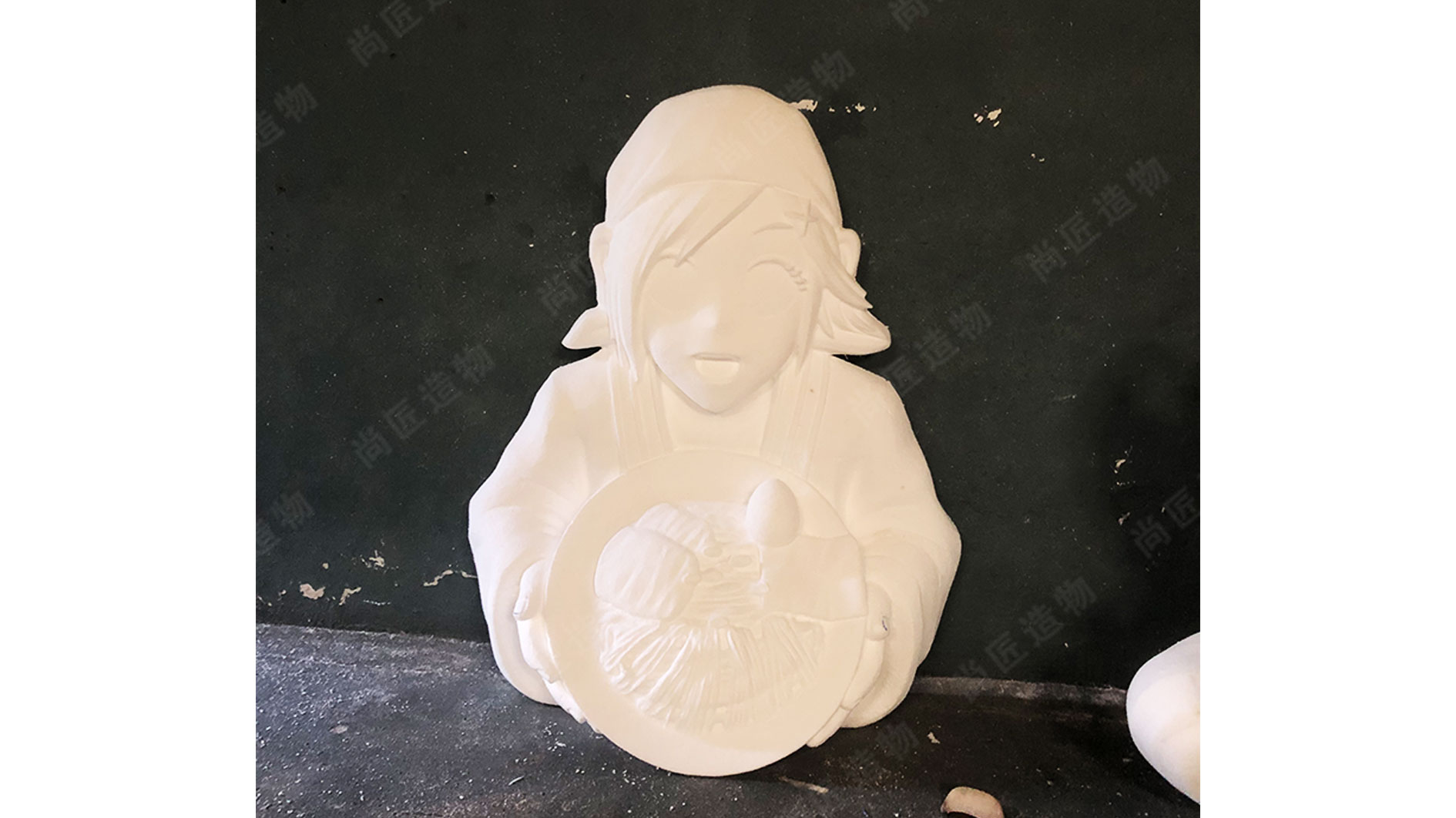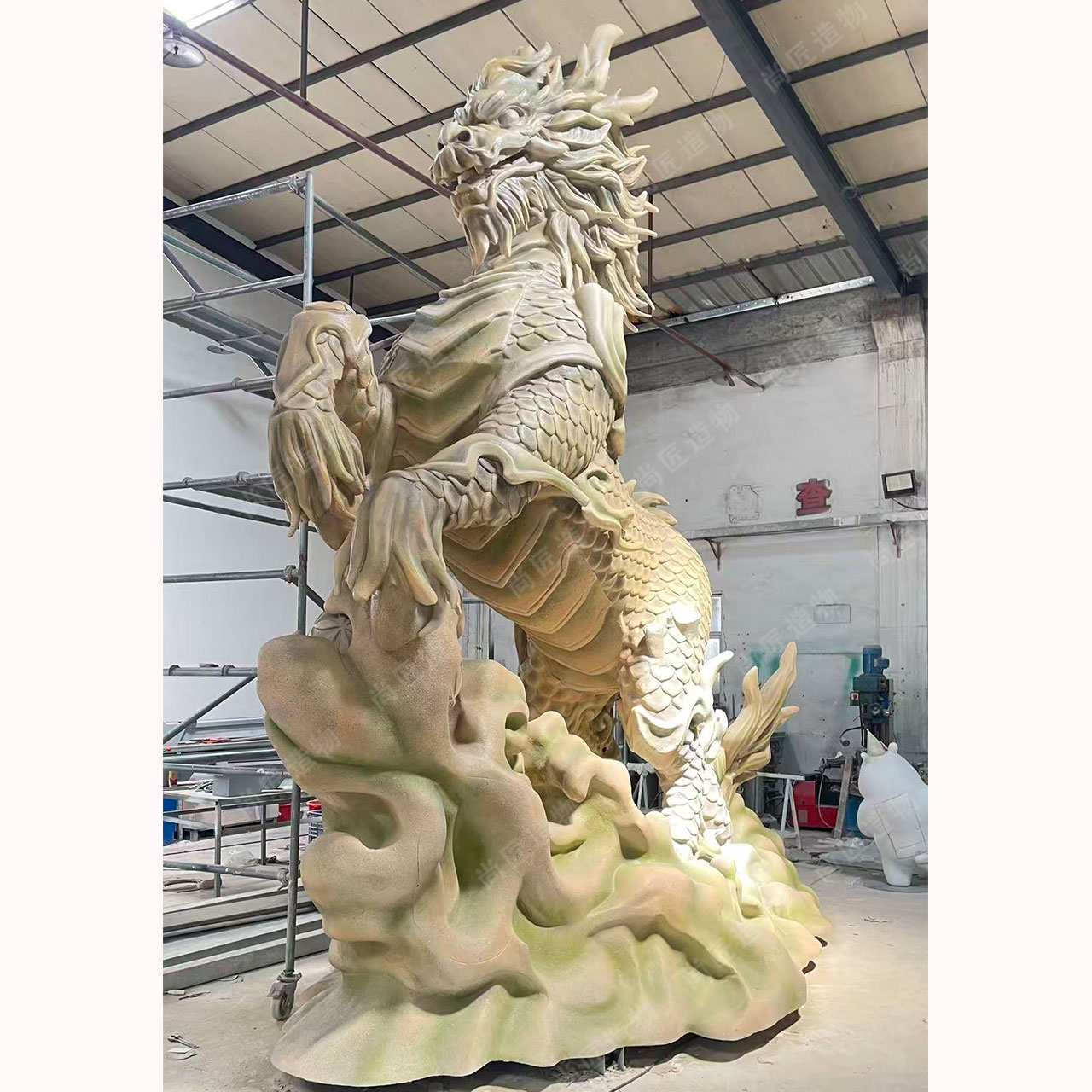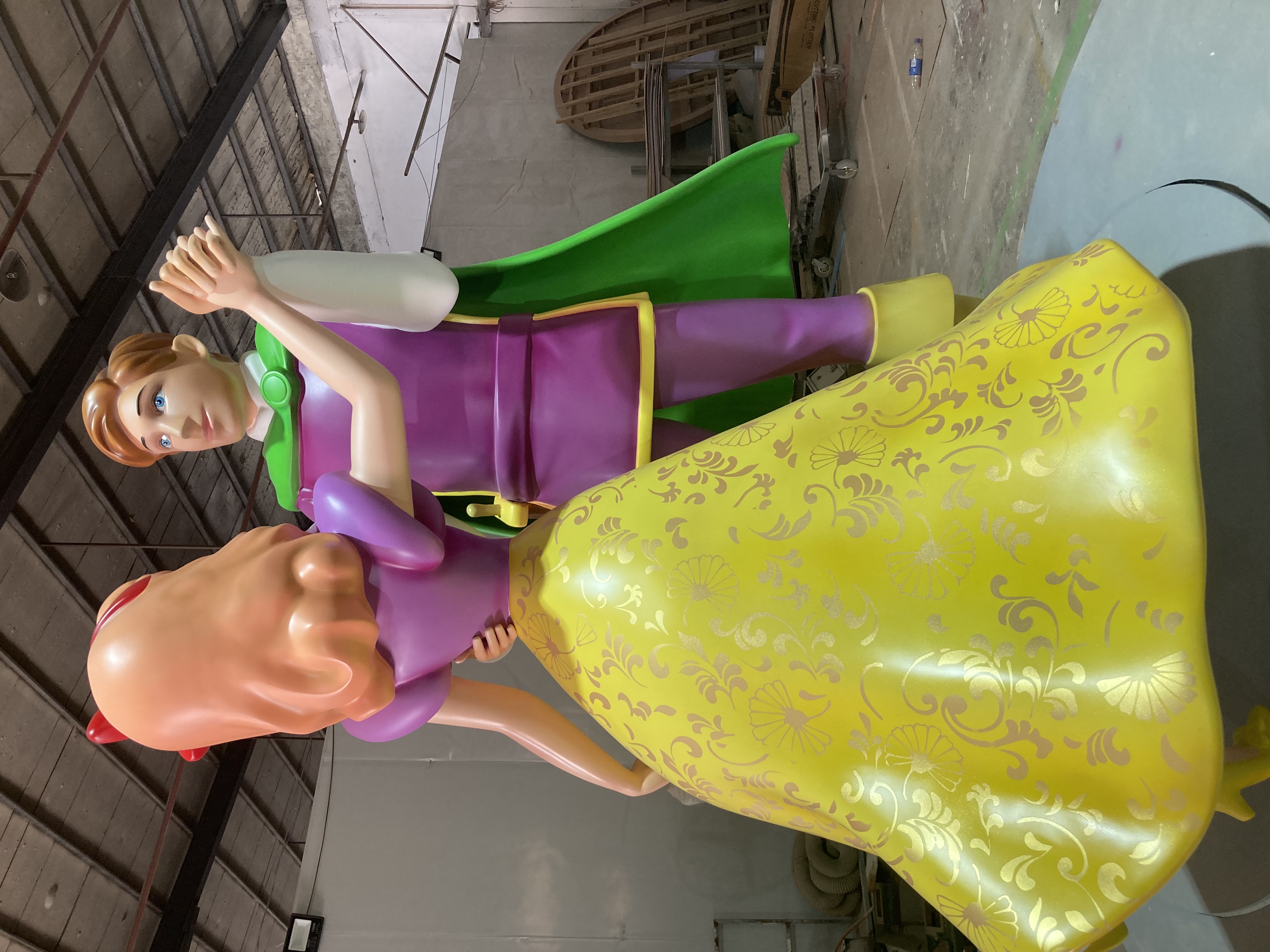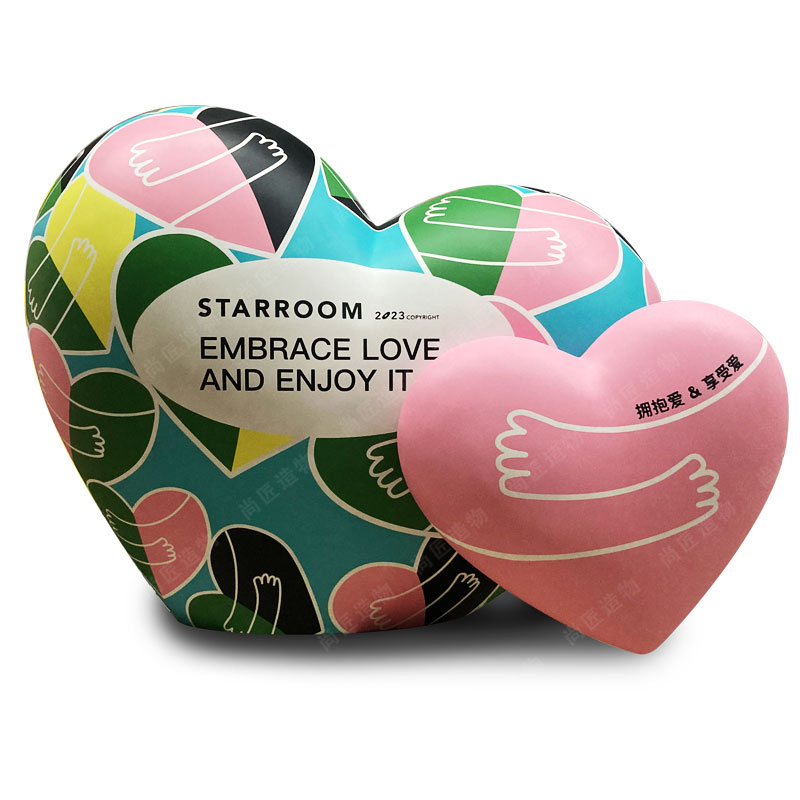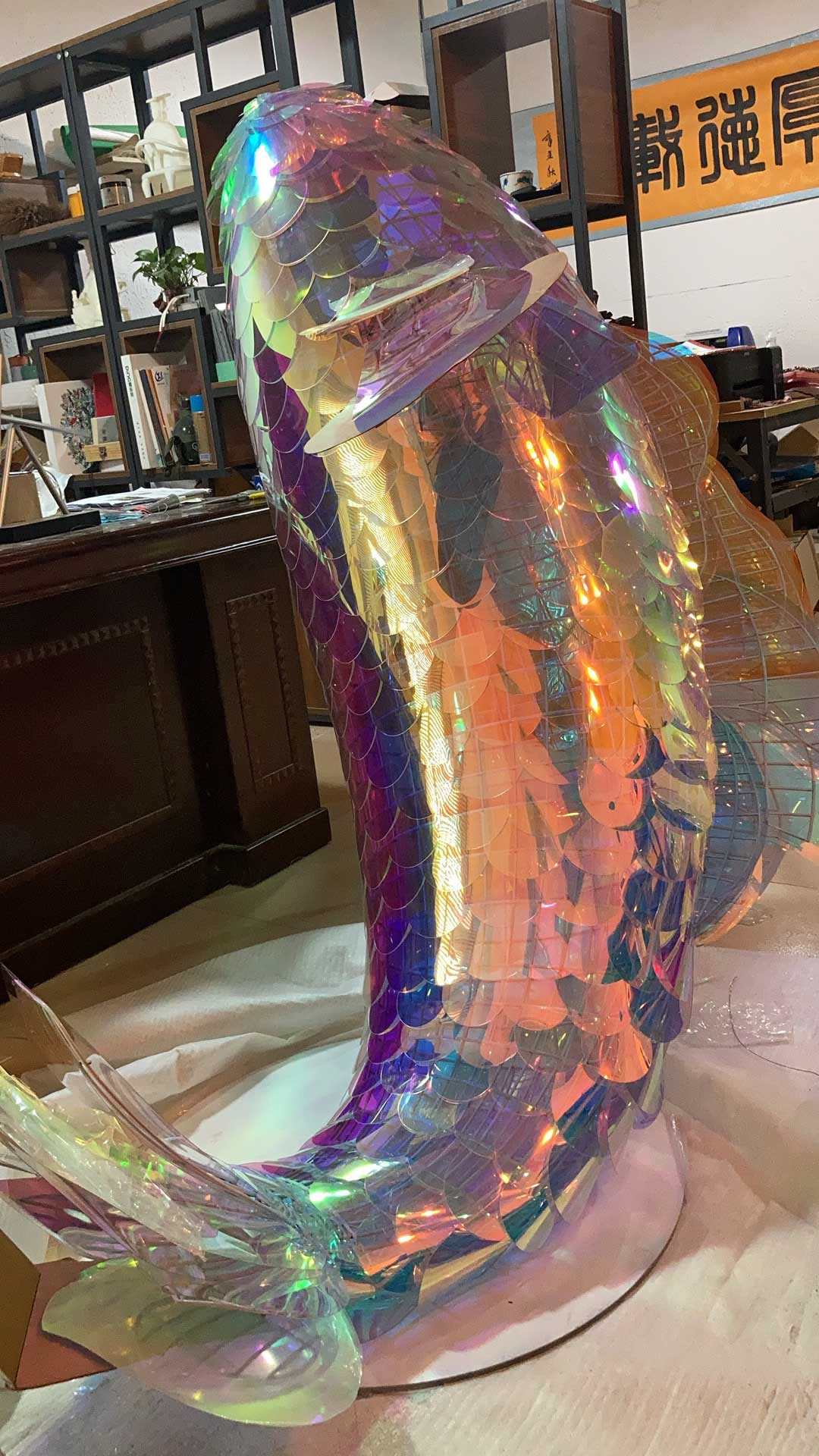Kinetic metal art represents a growing fusion of creativity and technology. The integration of motors not only enhances visual appeal but also transforms static designs into engaging experiences. Artists can experiment with different types of motors, allowing for a range of movements that can evoke emotions and tell stories. Material selection plays a vital role in the success of these sculptures, influencing both their beauty and functionality. Lightweight metals like aluminum and stainless steel are ideal for achieving dynamic movement while maintaining structural integrity. By understanding the relationship between design, materials, and mechanics, artists can develop unique pieces that resonate with viewers, making kinetic metal art a significant contemporary expression in the art world.
Understanding Kinetic Metal Art: A New Wave of Creative Expression
Kinetic metal art is gaining momentum as an innovative form of artistic expression, where movement complements the visual appeal of sculptures. By incorporating motors, artists create dynamic pieces that engage viewers on multiple levels. These artworks often blend traditional metalworking techniques with modern technology, allowing for complex motions that can tell stories or evoke emotions.
Consider the words of renowned artist Andrew Smith: "
The beauty of kinetic metal art lies in its ability to connect with the audience through movement." Experimentation with various motor types enables artists to tailor the movement patterns, leading to unique outcomes and aesthetic experiences. Tools and resources for creating kinetic sculptures are more accessible than ever, making it easier for aspiring artists to explore this exciting medium.
Artists can benefit from various techniques and practices, such as balancing weight and choosing suitable materials, ensuring not just stability but also a captivating visual effect. As highlighted in the table below, selecting the right motor and materials can greatly influence both functionality and design.
| Motor Type | Best Material Choice | Typical Movement |
|---|---|---|
| Stepper Motor | Aluminum or Steel | Precise incremental motion |
| DC Motor | Brass or Copper | Continuous rotation |
| Servo Motor | Stainless Steel or Plastic | Limited rotation with control |
Understanding these fundamentals encourages creativity and innovation in kinetic sculpture design, merging technical know-how with artistic vision. For examples of realistic sculpture techniques in this realm, visit Realistic sculpture.
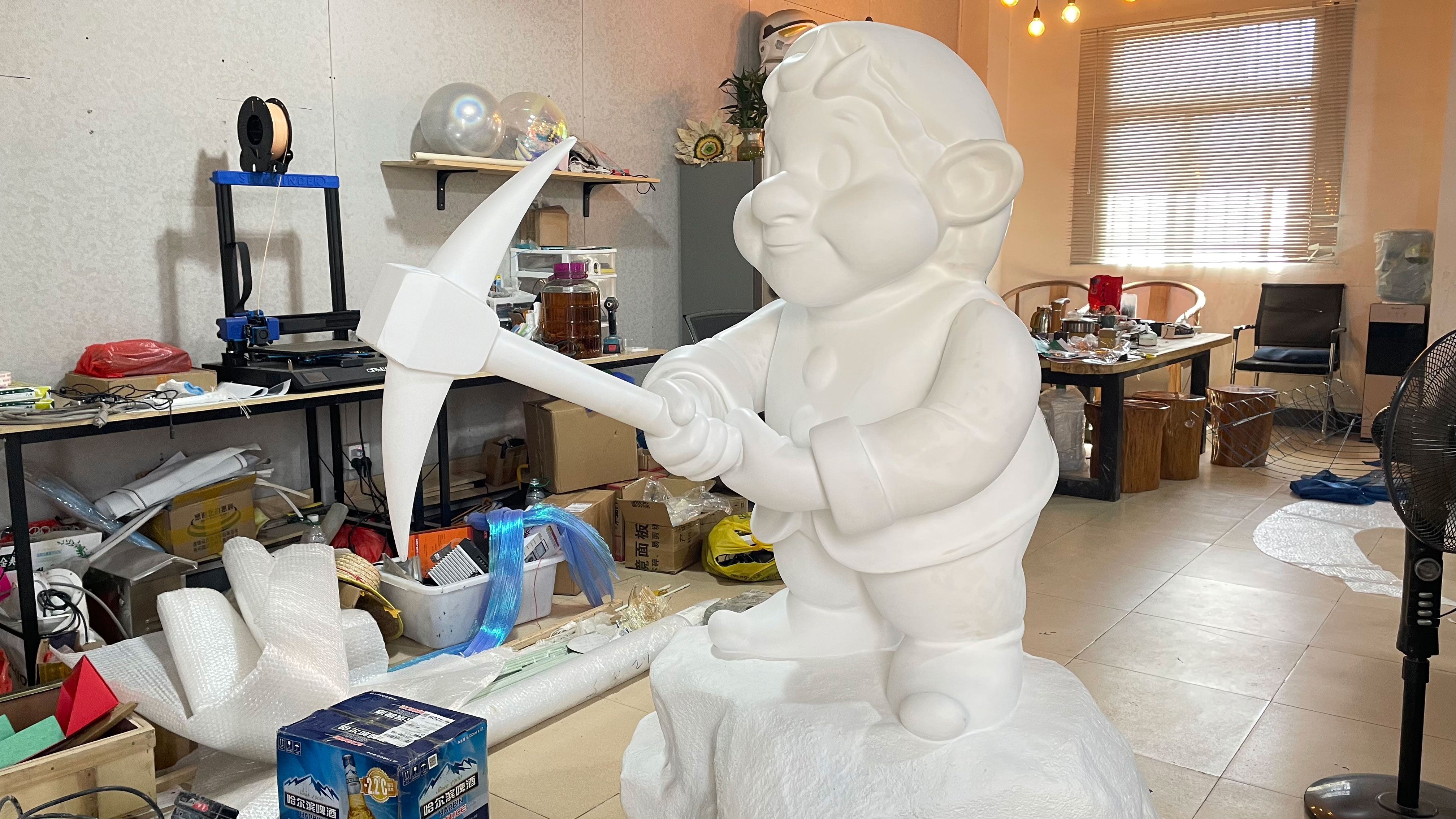
The Role of Motors in Enhancing Kinetic Sculptures
Motors play a crucial part in the evolution of kinetic metal sculptures, as they introduce movement that transforms static art into dynamic works. By integrating motors, artists can create pieces that respond to their surroundings or even follow programmed paths. This movement not only draws attention but also engages viewers on a deeper level. Simple motors make it easier for artists to experiment with designs, allowing for creative freedom without the need for extensive technical knowledge. For instance, using stepper motors enables precise control of motion, opening up possibilities for intricate movements and patterns. As artists explore various motor options, they are able to expand their artistic vision and push the boundaries of traditional sculpture, blending craftsmanship with innovative technologies. Additionally, the durability and versatility of materials like Fiberglass sculpturecan complement motorized components well, resulting in stunning artworks that captivate audiences through their engaging movement.
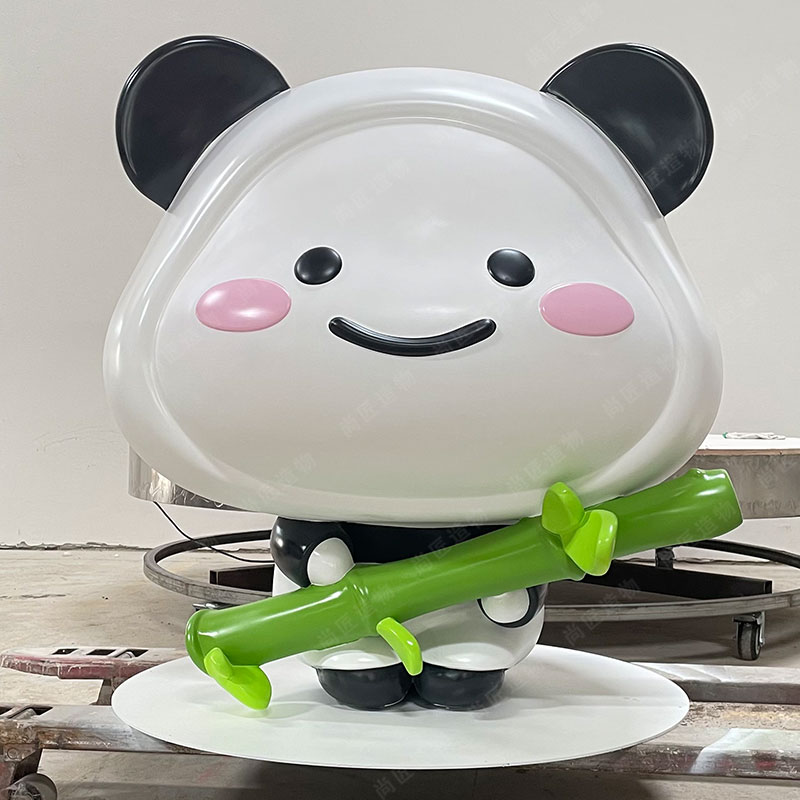
Crafting Iconic IP Characters: Techniques for Maysterpieces in Metal
Creating iconic IP character sculptures in metal involves a blend of artistic vision and practical techniques. To start, sketch out your character’s proportions and key features, ensuring a strong design foundation. After that, select appropriate metals like aluminum or stainless steel for their durability and aesthetic appeal. These materials can be cut, shaped, and welded to form the intricate details that bring characters to life.
Incorporating motors is essential for adding movement. Utilize lightweight, high-torque stepper motors to ensure your sculptures come alive without compromising stability. Planning the internal mechanics early on will streamline the build process and enhance the overall function of your kinetic art piece. As you craft, remember to consider the balance of weights and motions to create an engaging dynamic that captivates viewers.
Additionally, experimenting with various motorized systems can open new avenues for creativity. Whether it’s a gentle spin or an erratic dance, movement can dramatically influence how audiences perceive your work. Therefore, continuous refinement and testing will help ensure that your final piece combines both artistic flair and technical precision in a seamless manner.
For further insights on this innovative art form, you can read more about Kinetic sculpture.
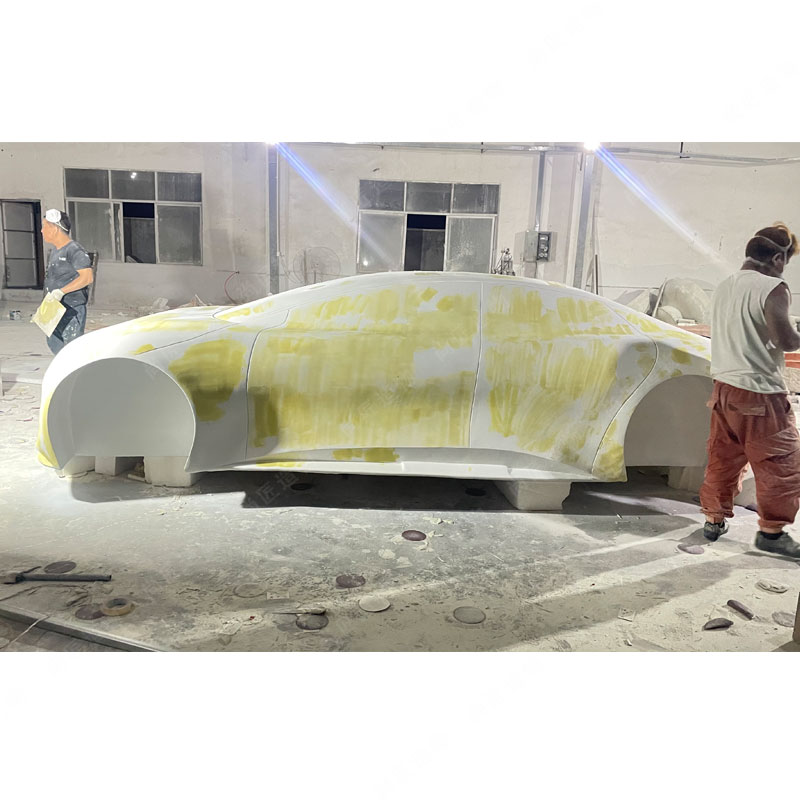
Merging Art and Technology: The Dynamics of Motorized Movement
Motorized movement is a game-changer in the world of kinetic metal art. It brings sculptures to life, capturing the attention of onlookers and enhancing the overall artistic experience. By integrating motors into metal sculptures, artists can create mesmerizing movements that engage viewers in a unique way. This dynamic aspect allows for various expressions and can range from subtle, gentle motions to more vigorous, eye-catching actions. Artists work carefully to synchronize motor functions with their designs, ensuring that the movement complements the overall aesthetic. The use of motors not only elevates the artwork but also encourages interaction, inviting audiences to connect with the piece on a deeper level. Ultimately, this fusion of artistry and technology opens up new avenues for creative expression, pushing the boundaries of traditional metal sculpture.
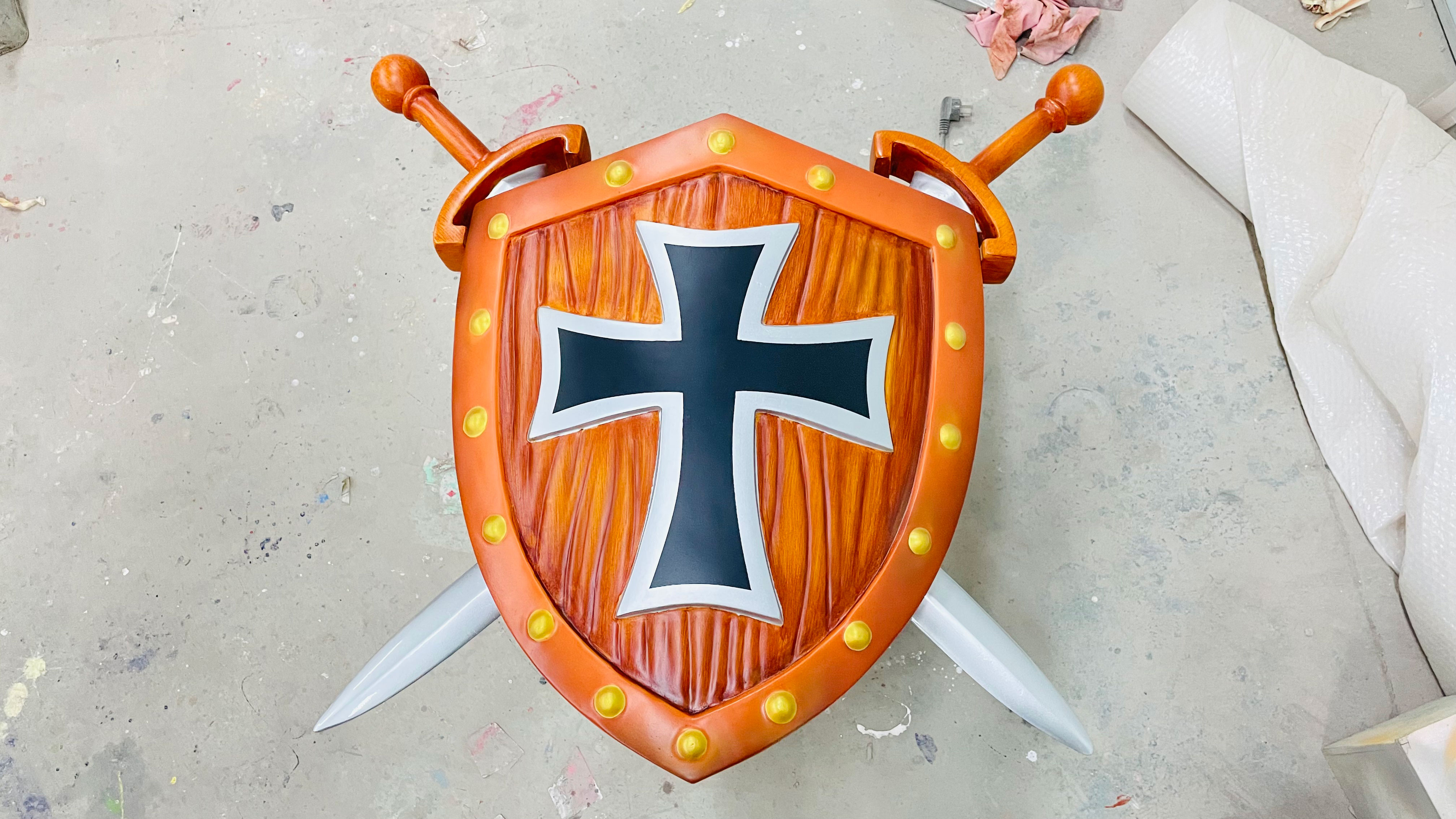
Inspiring Audiences with Engaging Movement in Metal Sculptures
Kinetic metal sculptures bring art to life through movement, captivating viewers in unique ways. When motors are integrated into these creations, they produce dynamic interactions that engage the audience. The gentle whir of the motor and the rhythmic motion of the sculpture can evoke emotions and spark curiosity. This transformational aspect allows artists to convey stories and ideas through their work, creating a dialogue between the sculpture and its audience. Additionally, incorporating well-designed movement enhances the visual appeal and can emphasize particular features of the IP character sculpture, making it more memorable. Overall, this blend of movement with metal artistry not only beautifies spaces but also provokes thought and dialogue about the essence of art itself. Explore more about IP character sculptureas a medium for engaging through kinetic expression.
Step-by-Step Guide to Building Kinetic Metal Art with Motors
Creating kinetic metal art with motors involves several straightforward steps that blend artistic design with mechanical functionality. First, outline your sculpture's concept, focusing on how the motion will engage viewers. Choose your materials wisely; metals like aluminum and stainless steel work well for durability and aesthetic appeal. Once your design is set, gather essential components such as stepper motors and appropriate driver circuitry, which can be easily found online or at local electronics stores. Assemble the sculpture by integrating the motors into your metal framework securely. After the physical assembly, program the microcontroller to control the motor's movements, allowing for smooth and dynamic motion. Testing different speeds and patterns can help refine the kinetic effects you wish to achieve. By following this guide, artists can create captivating sculptures that move and tell a story through their mechanical energy. For materials, consider exploring options like Stainless steel sculpturefor a unique finish that enhances movement dynamics in your artwork.
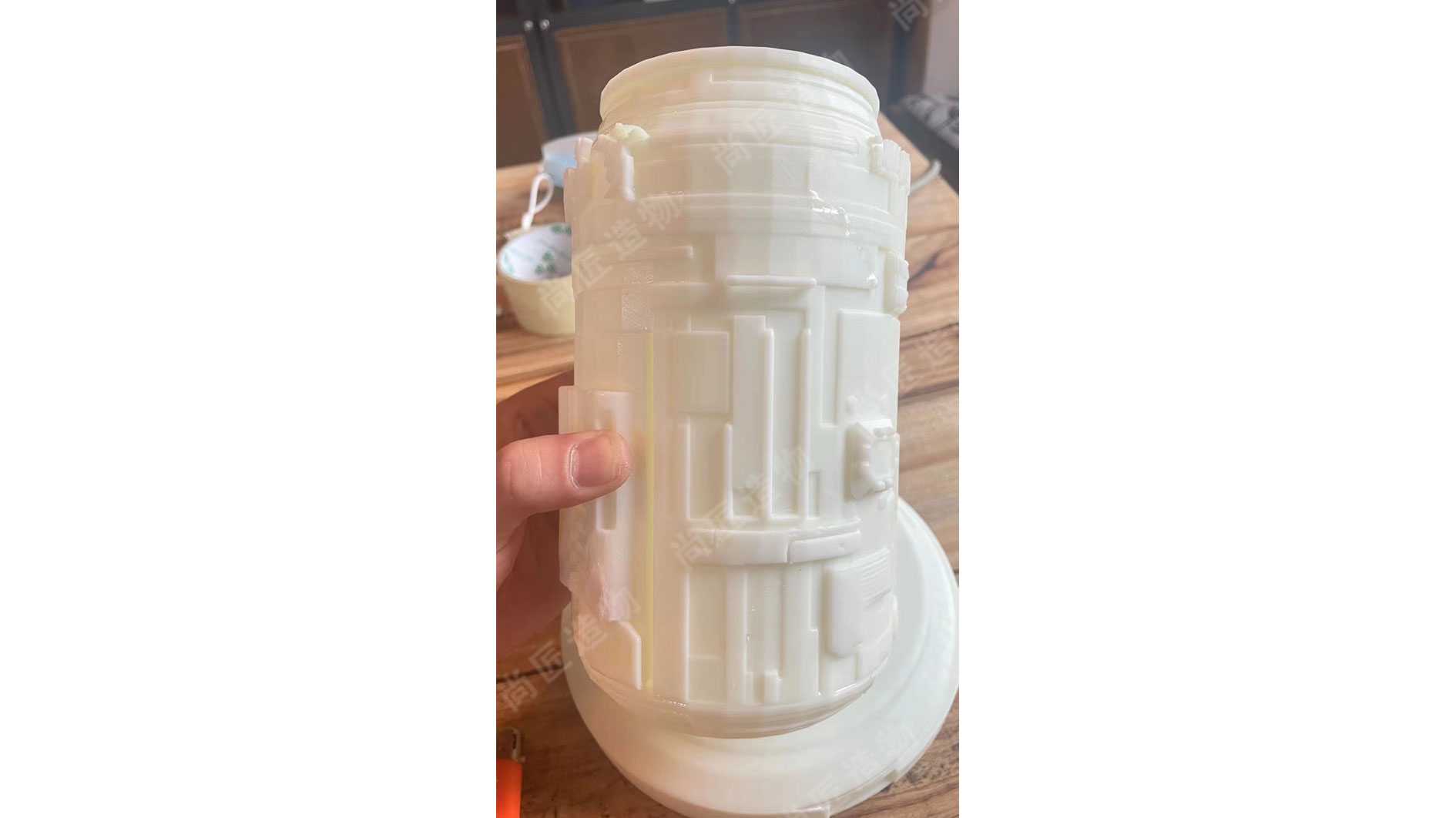
Exploring Material Choices for Effective Kinetic Sculptures
When creating kinetic metal art, the selection of materials is crucial to achieving both durability and aesthetic appeal. Metals such as aluminum and stainless steel are popular due to their lightweight nature and resistance to corrosion. Aluminum offers an excellent balance between strength and weight, making it ideal for intricate designs that require mobility. On the other hand, stainless steel brings a polished finish that can enhance the overall visual impact of a sculpture. Additionally, integrating non-metal components, such as wood or acrylic, can provide contrast and bring a fresh perspective to the artwork. These diverse materials also contribute different textures and colors, enriching the visual story of each piece. By thoughtfully combining materials, artists can create kinetic sculptures that not only captivate viewers with movement but also speak volumes through their design choices.
Innovative Approaches to Displaying Motorized Art Pieces
Engaging and innovative display techniques are essential for showcasing motorized art pieces effectively. One popular approach involves using transparent enclosures, which allow viewers to observe the intricate movements of the artwork without obstruction. This method enhances visibility while protecting the sculptures from damage. Another technique is incorporating interactive elements, such as sensors that trigger movement when viewers approach. This creates a dynamic experience, inviting audiences to engage with the art on a personal level.
Additionally, utilizing lighting can transform the perception of motorized sculptures. Strategically placed LED lights can highlight movement and add depth to the piece, making it more visually compelling during low-light conditions. Furthermore, creating modular displays that allow for rearrangement can foster versatility in showcasing various artworks. Such adaptability encourages creators to experiment with different layouts, ultimately enhancing audience engagement. By integrating these innovative display methods, artists can elevate their kinetic metal art pieces and captivate spectators through enhanced interaction and visual appeal.
Conclusion
The journey through kinetic metal art showcases the vibrant intersection of creativity and technology. As artists embrace the dynamic potential of motorized movement, the resulting sculptures become more than static objects; they transform into engaging experiences. This art form allows for diverse expression, encouraging exploration in both design and execution. The choice of materials and motors plays a pivotal role in crafting these interactive pieces, ultimately shaping the viewer's engagement and emotional response. By merging innovative techniques with artistic intent, creators not only captivate audiences but also redefine the boundaries of metal art, paving the way for future explorations in this evolving field.
FAQs
What is kinetic metal art?
Kinetic metal art refers to sculptures that incorporate movement, often through the use of motors, enhancing the visual experience.
How do motors enhance kinetic sculptures?
Motors introduce dynamic motion, transforming static art into engaging pieces that can evoke emotions and capture attention.
What materials are best suited for kinetic art?
Common materials include aluminum and stainless steel for their durability and lightweight properties, making them ideal for movement.
Can non-metal components be included?
Yes, integrating materials like wood or acrylic can add contrast and texture, enhancing the overall aesthetic of the sculpture.
What are some effective display methods for motorized sculptures?
Transparent enclosures and interactive elements, such as motion sensors, can create more engaging viewing experiences.
 ch
ch English
English

